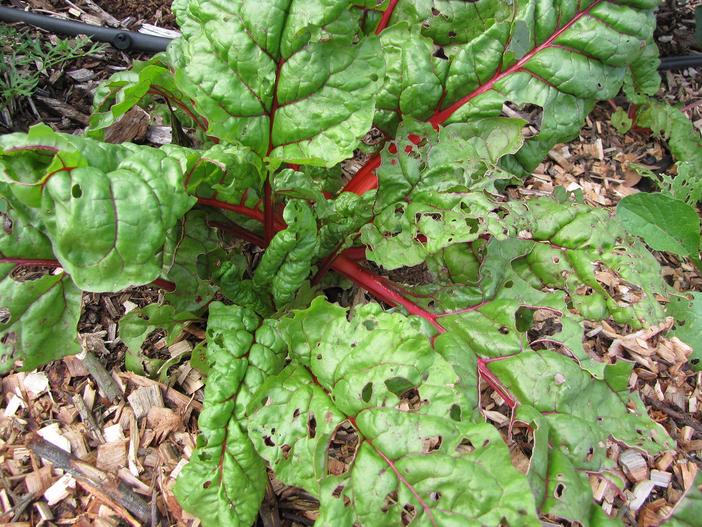Common Beet
(Beta vulgaris)
Common Beet (Beta vulgaris)
/
/

Forest and Kim Starr
CC BY 2.0





















































































Estimated Native Range
Summary
Beetroots are valued for their nutritious roots, which are rich in vitamins, minerals, and antioxidants. They are commonly used in culinary applications, from salads to pickles, and their leaves, known as beet greens, are also edible. In cultivation, they are appreciated for their ease of growth and ability to thrive in a range of conditions, including poor soils. Beetroots are often grown in vegetable gardens, allotments, and as part of crop rotation schemes. They require full sun or part shade, consistent moisture, and well-drained soils with a pH-neutral to slightly alkaline composition. Beetroot can suffer from leaf spot, root rot, and pests like aphids and leaf miners. It is important to rotate crops to prevent soil-borne diseases.CC BY-SA 4.0
Plant Description
- Plant Type: Herb
- Height: 1-1.5 feet
- Width: 1.5-2 feet
- Growth Rate: Moderate
- Flower Color: N/A
- Flowering Season: Summer
- Leaf Retention: Deciduous
Growth Requirements
- Sun: Full Sun, Part Shade
- Water: Medium
- Drainage: Medium
Common Uses
Bird Garden, Border Plant, Drought Tolerant, Edible*Disclaimer: Easyscape's listed plant edibility is for informational use. Always verify the safety and proper identification of any plant before consumption., Low Maintenance, Potted Plant, Salt Tolerant
Natural Habitat
Coastal areas and saline soils
Other Names
Common Names: Beet , Betys , Betysen , Bede , Rübe , Betterave , Bete , Strandbiet , Biet , Biet + Strandbiet
Scientific Names: Beta vulgaris , Beta vulgaris subsp. cicla , Beta cicla , Beta vulgaris var. crassa , Beta vulgaris var. saccharifera , Beta vulgaris var. rosea , Beta vulgaris subsp. lomatogonoides , Beta vulgaris var. lutea , Beta vulgaris var. debeauxii , Beta vulgaris var. glabra
GBIF Accepted Name: Beta vulgaris L.